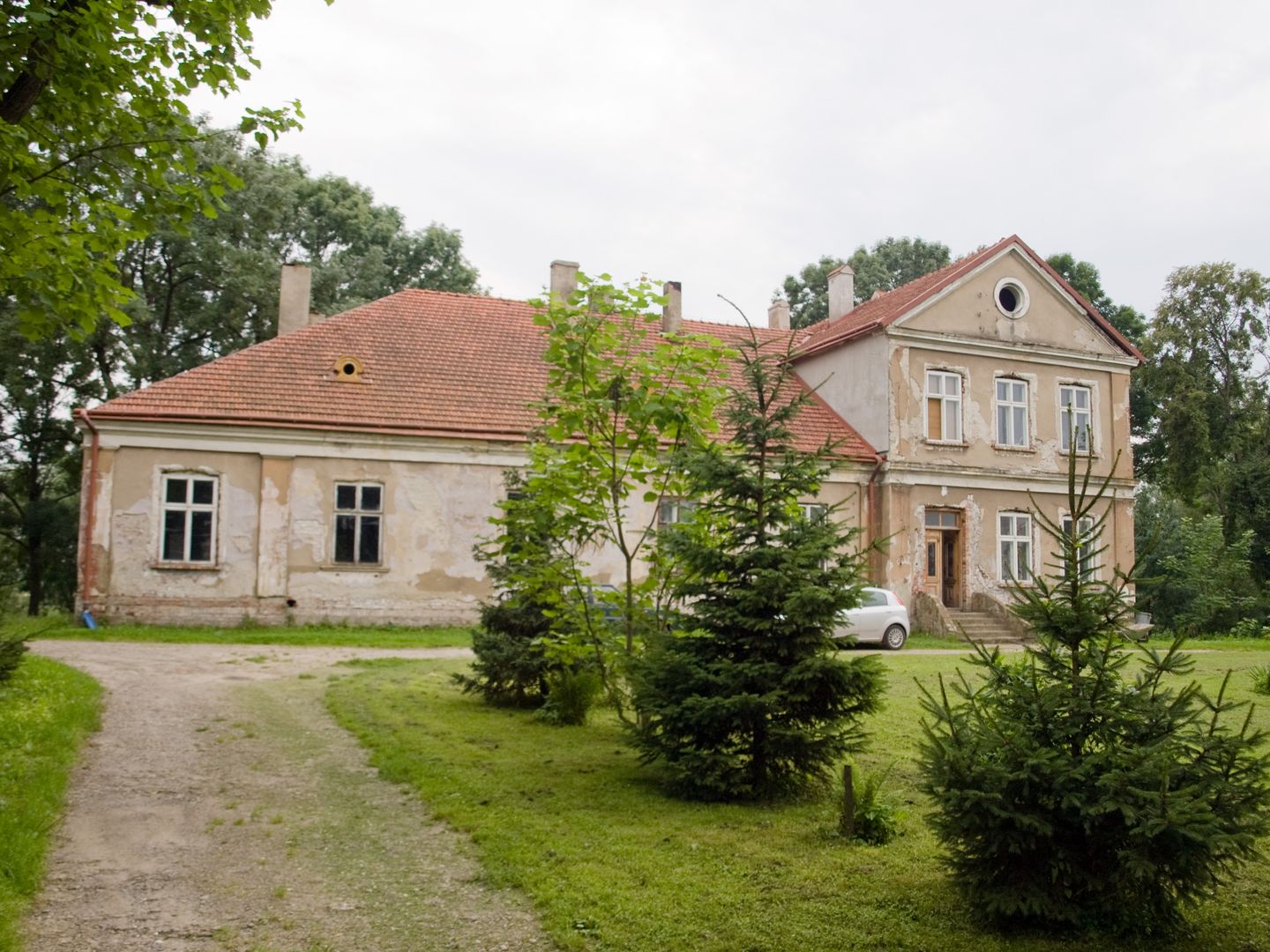Hurko
6.78

Overview
Hurko, a village in the Podkarpackie Voivodeship with a rich history dating back to the Paleolithic era, is situated in a bend of the San River near Przemyśl. Settlement in this area dates back to the Lusatian culture period and later eras, when the region was inhabited by Celts and people associated with the Przeworsk culture. In the Middle Ages, Hurko was part of Ruthenia and a site of colonization and intensive trade contacts. At the turn of the 16th and 17th centuries, the village experienced invasions by external forces, such as the Tatars and Turks. The first known mention of a church in Hurko dates back to 1510, and in the 18th century the village was known as Hurko Wielkie. Other settlements also emerged in the region, including Hureczko. In the second half of the 17th century, the Charczewski family owned the land and created beautiful gardens around the manor. In the 19th century, after the estate was taken over by the Skarbek-Borowski family, a new brick manor was built, along with a church in 1865. World War I brought destruction and population evacuation, and World War II involved occupation and repression. After the wars, the village undertook efforts to rebuild; monks from the Saletyn Fathers transformed the manor into a monastery, developing local educational institutions. Hurko also served as an important site in the history of local religious and cultural communities, as well as significant military events. The origin of the village's name is intriguing, as it may refer to a family coat of arms or local land formations known as "horki." Among the notable people from Hurko are Kazimierz Dańczak, a second lieutenant of the Home Army (AK), and Josyp Łozynśkyi, a Ukrainian scientist and publicist.
Location
2025 Wizytor | All Rights Reserved